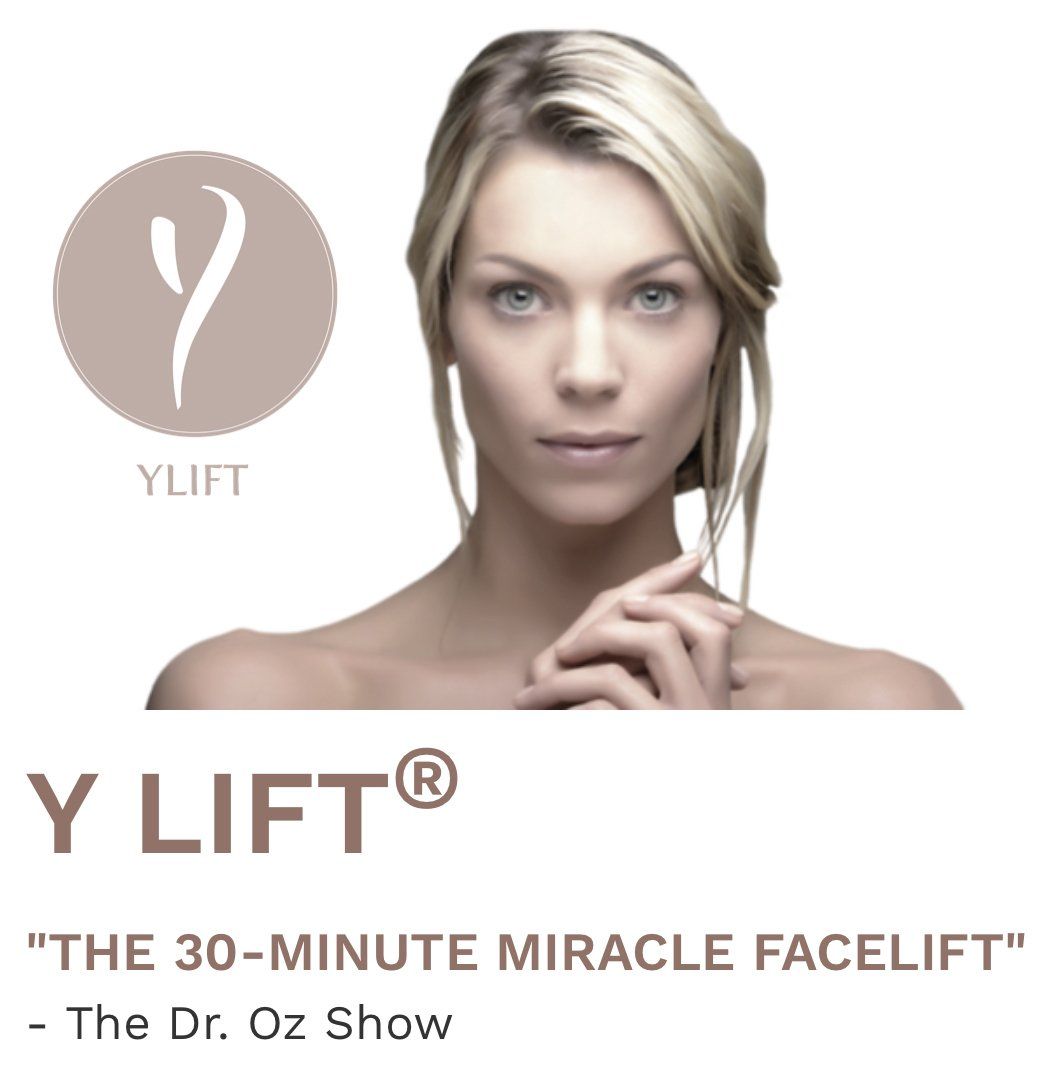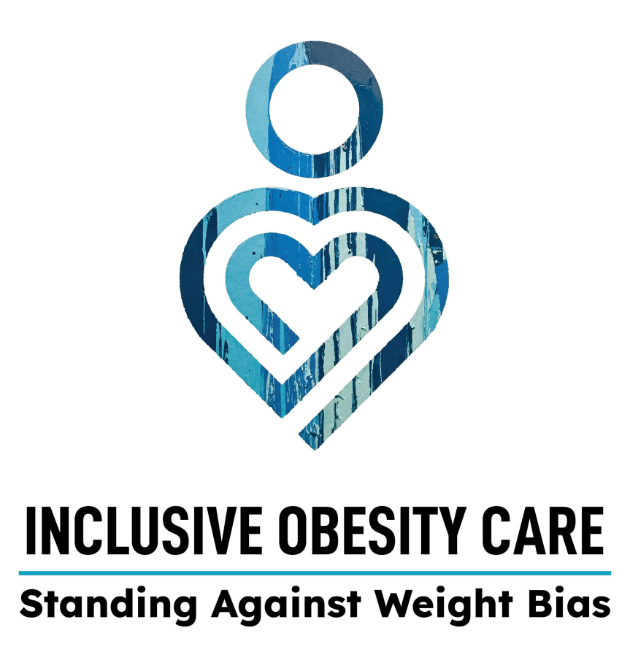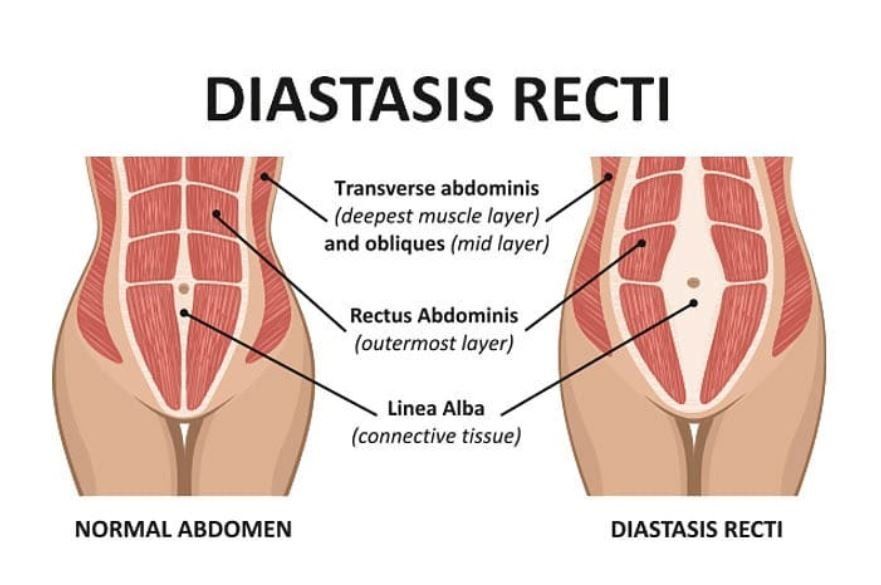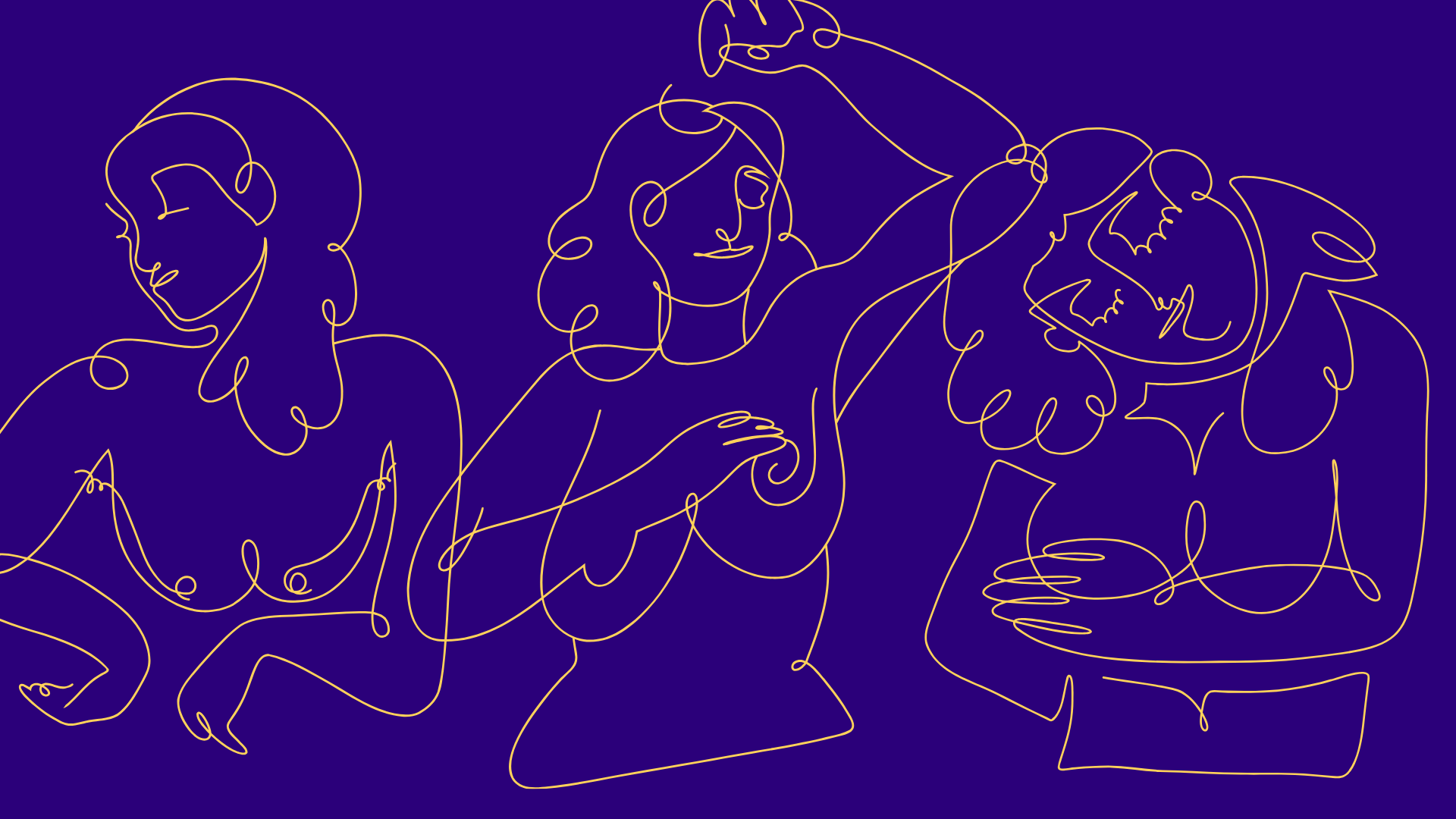World Obesity Day
World Health Organization • March 4, 2020
What is World Obesity Day?

Obesity and its root causes
World obesity day encourages practical solutions to help people achieve and maintain a healthy weight, undertake proper treatment, and reverse the obesity crisis.
Obesity rates have nearly tripled since 1975 and have increased almost five times in children and adolescents, affecting people of all ages from all social groups in both developed and developing countries. Obesity is a major risk factors for various noncommunicable diseases (NCDs), such as type 2 diabetes, cardiovascular disease, hypertension and stroke, and various forms of cancer.
People with obesity are constantly shamed and blamed because many - including doctors, policymakers, and others - do not fully understand the root causes of obesity, which are often a complex mixture of dietary, lifestyle, genetic, psychological, sociocultural, economic and environmental factors. It is time we break the cycle of shame and blame and reevaluate our approach for addressing this complex global public health problem.
Together we can make a difference. There is a lot we can do, including restricting the marketing to children of food and drinks high in fats, sugar and salt; taxing sugary drinks, and providing better access to affordable, healthy food. In our cities and towns, we need to make space for safe walking, cycling, and recreation. We must teach our children healthy habits from early on.
WHO is responding to the global obesity crisis on many fronts, including monitoring global trends and prevalence, the development of a broad range of guidance addressing the prevention and treatment of overweight and obesity, and providing implementation support and guidance such as the Report of the Commission on Ending Childhood Obesity.
Key Facts!
Worldwide obesity has nearly tripled since 1975.
In 2016, more than 1.9 billion adults, 18 years and older, were overweight. Of these over 650 million were obese.
39% of adults aged 18 years and over were overweight in 2016, and 13% were obese.
Most of the world's population live in countries where overweight and obesity kills more people than underweight.
40 million children under the age of 5 were overweight or obese in 2018.
Over 340 million children and adolescents aged 5-19 were overweight or obese in 2016.
Obesity is preventable.
What are obesity and overweight
Overweight and obesity are defined as abnormal or excessive fat accumulation that may impair health.
Body mass index (BMI) is a simple index of weight-for-height that is commonly used to classify overweight and obesity in adults. It is defined as a person's weight in kilograms divided by the square of his height in meters (kg/m2).
Adults
For adults, WHO defines overweight and obesity as follows:
overweight is a BMI greater than or equal to 25; and
obesity is a BMI greater than or equal to 30.
BMI provides the most useful population-level measure of overweight and obesity as it is the same for both sexes and for all ages of adults. However, it should be considered a rough guide because it may not correspond to the same degree of fatness in different individuals.
For children, age needs to be considered when defining overweight and obesity.
Children under 5 years of age
For children under 5 years of age:
Overweight is weight-for-height greater than 2 standard deviations above WHO Child Growth Standards median; and
obesity is weight-for-height greater than 3 standard deviations above the WHO Child Growth Standards median.
Charts and tables: WHO child growth standards for children aged under 5 years
Children aged between 5–19 years
Overweight and obesity are defined as follows for children aged between 5–19 years:
Overweight is BMI-for-age greater than 1 standard deviation above the WHO Growth Reference median; and
obesity is greater than 2 standard deviations above the WHO Growth Reference median.
Charts and tables: WHO growth reference for children aged between 5–19 years
Facts about overweight and obesity
Some recent WHO global estimates follow.
In 2016, more than 1.9 billion adults aged 18 years and older were overweight. Of these over 650 million adults were obese.
In 2016, 39% of adults aged 18 years and over (39% of men and 40% of women) were overweight.
Overall, about 13% of the world’s adult population (11% of men and 15% of women) were obese in 2016.
The worldwide prevalence of obesity nearly tripled between 1975 and 2016.
In 2018, an estimated 40 million children under the age of 5 years were overweight or obese. Once considered a high-income country problem, overweight and obesity are now on the rise in low- and middle-income countries, particularly in urban settings. In Africa, the number of overweight children under 5 has increased by nearly 50 per cent since 2000. Nearly half of the children under 5 who were overweight or obese in 2018 lived in Asia.
Over 340 million children and adolescents aged 5-19 were overweight or obese in 2016.
The prevalence of overweight and obesity among children and adolescents aged 5-19 has risen dramatically from just 4% in 1975 to just over 18% in 2016. The rise has occurred similarly among both boys and girls: in 2016 18% of girls and 19% of boys were overweight.
While just under 1% of children and adolescents aged 5-19 were obese in 1975, more 124 million children and adolescents (6% of girls and 8% of boys) were obese in 2016.
Overweight and obesity are linked to more deaths worldwide than underweight. Globally there are more people who are obese than underweight – this occurs in every region except parts of sub-Saharan Africa and Asia.
What causes obesity and overweight?
The fundamental cause of obesity and overweight is an energy imbalance between calories consumed and calories expended. Globally, there has been:
an increased intake of energy-dense foods that are high in fat and sugars; and
an increase in physical inactivity due to the increasingly sedentary nature of many forms of work, changing modes of transportation, and increasing urbanization.
Changes in dietary and physical activity patterns are often the result of environmental and societal changes associated with development and lack of supportive policies in sectors such as health, agriculture, transport, urban planning, environment, food processing, distribution, marketing, and education.
What are common health consequences of overweight and obesity?
Raised BMI is a major risk factor for noncommunicable diseases such as:
cardiovascular diseases (mainly heart disease and stroke), which were the leading cause of death in 2012;
diabetes;
musculoskeletal disorders (especially osteoarthritis – a highly disabling degenerative disease of the joints);
some cancers (including endometrial, breast, ovarian, prostate, liver, gallbladder, kidney, and colon).
The risk for these noncommunicable diseases increases, with increases in BMI.
Childhood obesity is associated with a higher chance of obesity, premature death and disability in adulthood. But in addition to increased future risks, obese children experience breathing difficulties, increased risk of fractures, hypertension, early markers of cardiovascular disease, insulin resistance and psychological effects.
Facing a double burden of malnutrition
Many low- and middle-income countries are now facing a "double burden" of malnutrition.
While these countries continue to deal with the problems of infectious diseases and undernutrition, they are also experiencing a rapid upsurge in noncommunicable disease risk factors such as obesity and overweight, particularly in urban settings.
It is not uncommon to find undernutrition and obesity co-existing within the same country, the same community and the same household.
Children in low- and middle-income countries are more vulnerable to inadequate pre-natal, infant, and young child nutrition. At the same time, these children are exposed to high-fat, high-sugar, high-salt, energy-dense, and micronutrient-poor foods, which tend to be lower in cost but also lower in nutrient quality. These dietary patterns, in conjunction with lower levels of physical activity, result in sharp increases in childhood obesity while undernutrition issues remain unsolved.
How can overweight and obesity be reduced?
Overweight and obesity, as well as their related noncommunicable diseases, are largely preventable. Supportive environments and communities are fundamental in shaping people’s choices, by making the choice of healthier foods and regular physical activity the easiest choice (the choice that is the most accessible, available and affordable), and therefore preventing overweight and obesity.
At the individual level, people can:
limit energy intake from total fats and sugars;
increase consumption of fruit and vegetables, as well as legumes, whole grains and nuts; and
engage in regular physical activity (60 minutes a day for children and 150 minutes spread through the week for adults).
Individual responsibility can only have its full effect where people have access to a healthy lifestyle. Therefore, at the societal level it is important to support individuals in following the recommendations above, through sustained implementation of evidence based and population based policies that make regular physical activity and healthier dietary choices available, affordable and easily accessible to everyone, particularly to the poorest individuals. An example of such a policy is a tax on sugar sweetened beverages.
The food industry can play a significant role in promoting healthy diets by:
reducing the fat, sugar and salt content of processed foods;
ensuring that healthy and nutritious choices are available and affordable to all consumers;
restricting marketing of foods high in sugars, salt and fats, especially those foods aimed at children and teenagers; and
ensuring the availability of healthy food choices and supporting regular physical activity practice in the workplace.
WHO response
Adopted by the World Health Assembly in 2004 and recognized again in a 2011 political declaration on noncommunicable disease (NCDs), the "WHO Global Strategy on Diet, Physical Activity and Health" describes the actions needed to support healthy diets and regular physical activity. The Strategy calls upon all stakeholders to take action at global, regional and local levels to improve diets and physical activity patterns at the population level.
The 2030 Agenda for Sustainable Development recognizes NCDs as a major challenge for sustainable development. As part of the Agenda, Heads of State and Government committed to develop ambitious national responses, by 2030, to reduce by one-third premature mortality from NCDs through prevention and treatment (SDG target 3.4).
The "Global action plan on physical activity 2018–2030: more active people for a healthier world" provides effective and feasible policy actions to increase physical activity globally. WHO published ACTIVE a technical package to assist countries in planning and delivery of their responses. New WHO guidelines on physical activity, sedentary behavior and sleep in children under five years of age were launched in 2019.
The World Health Assembly welcomed the report of the Commission on Ending Childhood Obesity (2016) and its 6 recommendations to address the obesogenic environment and critical periods in the life course to tackle childhood obesity. The implementation plan to guide countries in taking action to implement the recommendations of the Commission was welcomed by the World Health Assembly in 2017.

March 13, 2025
In the realm of men's health, erectile dysfunction (ED) emerges as a prevalent issue, impacting not just physical performance but also mental well-being and emotional stability. For many, it stands as a silent barrier to intimacy, overshadowing confidence and self-esteem. Fortunately, innovative solutions like the Magnym™ Procedure offer hope and empowerment. This treatment is designed to address the root causes of ED, transforming challenges into triumphs and revitalizing your confidence in every aspect of life.

By Gina Mantor
•
February 21, 2025
Unlock a more youthful version of yourself with the Y LIFT®, an advanced cosmetic procedure designed to redefine facial contours into the perfect 'Y' shape. By focusing on the cheekbones and jawline, this technique offers a lifted appearance without traditional surgery.
The Y LIFT® employs a blunt titanium tool and FDA-approved fillers to sculpt and support facial muscles, delivering results that last up to four years. This innovative method avoids incisions and ensures minimal dyiscomfort, making it ideal for those seeking a non-surgical facelift.
Now is the time to achieve the youthful, vibrant look you've always wanted. Schedule your complimentary consultation to learn how the Y LIFT® can enhance your natural beauty with precision and care.

October 24, 2024
When it comes to tackling the signs of aging, Botox has long been a go-to solution for smoothing out facial lines. Now, with FDA clearance for treatment of the neck, Botox offers a new way to address those pesky neck wrinkles that can add years to your appearance. If you're seeking an effective, non-surgical way to rejuvenate your neck, read on to discover how Botox can help you achieve a more youthful look.
Contact Information
Phone: 614-891-2000
Fax: 614-895-2568
Address:
6982 Worthington Road
Westerville, OH 43082
Plenty of Parking & Our Entrance, is to the Rear of Our Building.
Certain Restrictions May Apply with Our Specials*
BTL Industries Platinum Premier Partner
BTL Industries HIFEM Center
Gift Certificates Available!
We accept most FSA and HSA plans!
Financing Options Available!
Hours Of Operation:
- Mon - Thu
- -
- Friday
- -
- Saturday
- -
- Sunday
- Closed






Our Location
6982 Worthington Road
Westerville
, OH
43082
Phone: 614-891-2000
Fax: 614-895-2568










